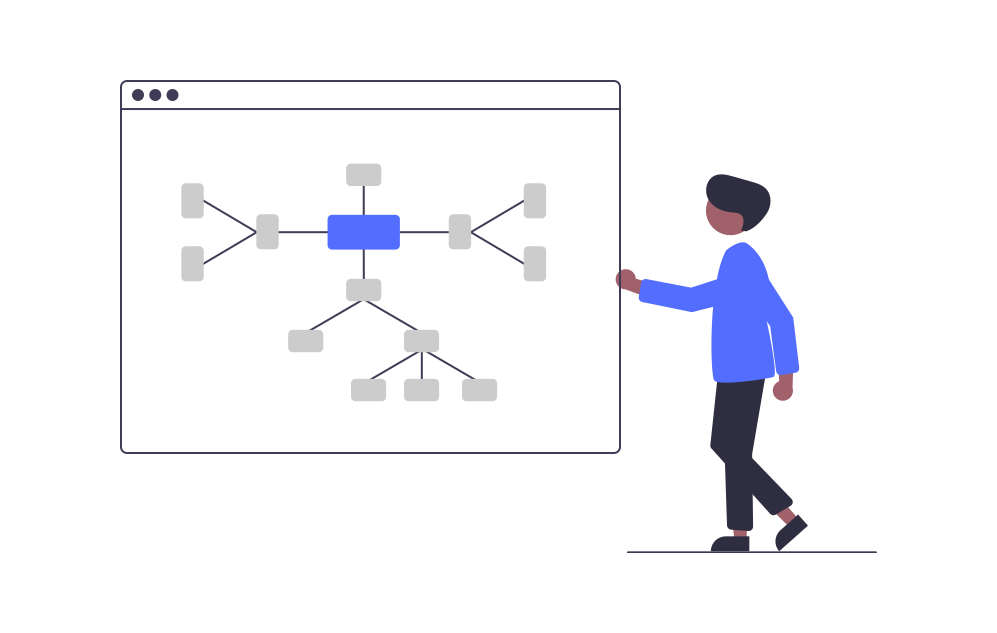We live in times of great and rapid change. Today you are required to make decisions more often and faster than was the case ten years ago.
We know from decision theory that decisions are never made purely factually, but also always “in the gut”. So decisions are not only influenced by the bare facts, but also by your personal experiences and preferences.
And that’s a good thing – after all, they are your most personal decisions.
We have put together seven methods that you can use depending on your decision type and preferences to prepare and make decisions well.
1. pro and con list
Application: Yes/no decisions, e.g. to hire or not to hire employees. Draw two columns on a sheet of paper: Pro and Con. On the pro side you write the advantages and opportunities, on the con side the disadvantages and risks. On which side did you find more points?
2 decision tree
Application: There are several alternatives, e.g. software selection. Write down the alternatives one below the other. Then compare in pairs which alternatives “win” against each other. The winners go into the next column, then you compare again… until one alternative remains. 3.
3. mind map
Application: Several alternatives, can be combined with the pros and cons list, also good for recording research results, e.g. which customers do we want to address (website/products/services). The decision to be made is in the middle. Based on this, each alternative is given a “branch”. Each alternative has sub-branches that you can design freely. For example, a “fact branch”, if it makes sense, with further criteria as additional branches. And pro/con branches. The advantage is that this decision model is very flexible and can be expanded almost infinitely.
4. decision matrix
Application: Evaluation system also suitable for several decision-makers, e.g. hiring an employee. A separate column is created in a table for each decision alternative (or a column for each decision-maker). You enter the decision criteria in the rows. Now the individual criteria are evaluated. You determine the scale. Scores from 1 to 10 or school marks have proved useful.
5. scenario technique – best case/worst case
Application: Especially for decisions that you consider to be very risky. Can be combined with the mind map. For each alternative you create the “best case”: If everything goes right, how great will the effects of your decision be? The worst case is when the decision turns out to be a mistake. How bad will the consequences be? Our experience: For people who are more security-oriented, the worst case usually turns out not to be so dramatic. On the other hand, very positive-minded people often underestimate the risks.
6. 10-10-10 method – a journey through time
Application: Check the long-term consequences of your decision. Ask yourself the following three questions: How will you think about your decision in 10 minutes, 10 months and 10 years?
7. falling coin
Application: Check your decision with your “gut”. If you have more than two alternatives, you can also use a dice. If you toss a coin up, one side will be on top when it falls – completely randomly. This in itself is not a good method for deciding important things. The trick: At the moment you toss the coin up, your “gut” intuitively knows which side should be on top. Only if your “gut” is also behind the decision will you later be satisfied with the decision – even if it is a wrong decision.
Our bonus tip:
Decisions are about “taking” an alternative. This expression really has something to do with our hands. We therefore recommend that you actually use the methods with paper and pen by hand. On the way from the head to the writing hand, your intuition flows into it. This is how you arrive at balanced decisions between your head and your gut.



